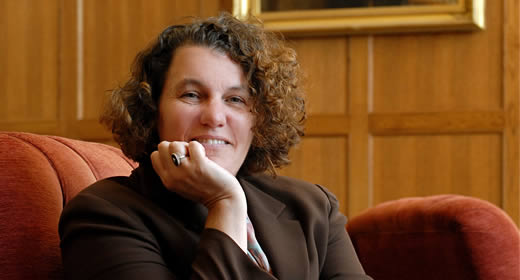
Susan Dynarski was interviewed by Jeremy Hobson of NPR’s Here and Now for the February 27 segment: “Has student loan debt reached a crisis point?”
For a “substantial minority” of student loan borrowers, Dynarksi tells Hobson, “there is a crisis.” She describes several shifts that could help decrease default rates among the most vulnerable.
For instance, while the United States has a standard repayment period of 10 years, many countries give students 25-30 years to repay their loans. A longer repayment period “puts a lot less pressure on their finances when they’re right out of college when their earnings are most unstable and lowest,” Dynarski explains.
Another step toward a better student loan system is fixing the servicing, she says. While most loans are federal, “we rely on private banks to do the collecting, and the servicing of the loans has been highly variable. There are cases in which borrowers are never even contacted before they go into default.”
Finally, Dynarski says, implementing income-based repayment programs, where one's payment rate is based on individual earnings, could virtually eliminate the concept of default. “[I]f your income drops because your hours get cut, you lose your job — automatically you stop paying . . . you’re not in default because the contract was if your earnings were too low, you weren’t going to be paying at all.”